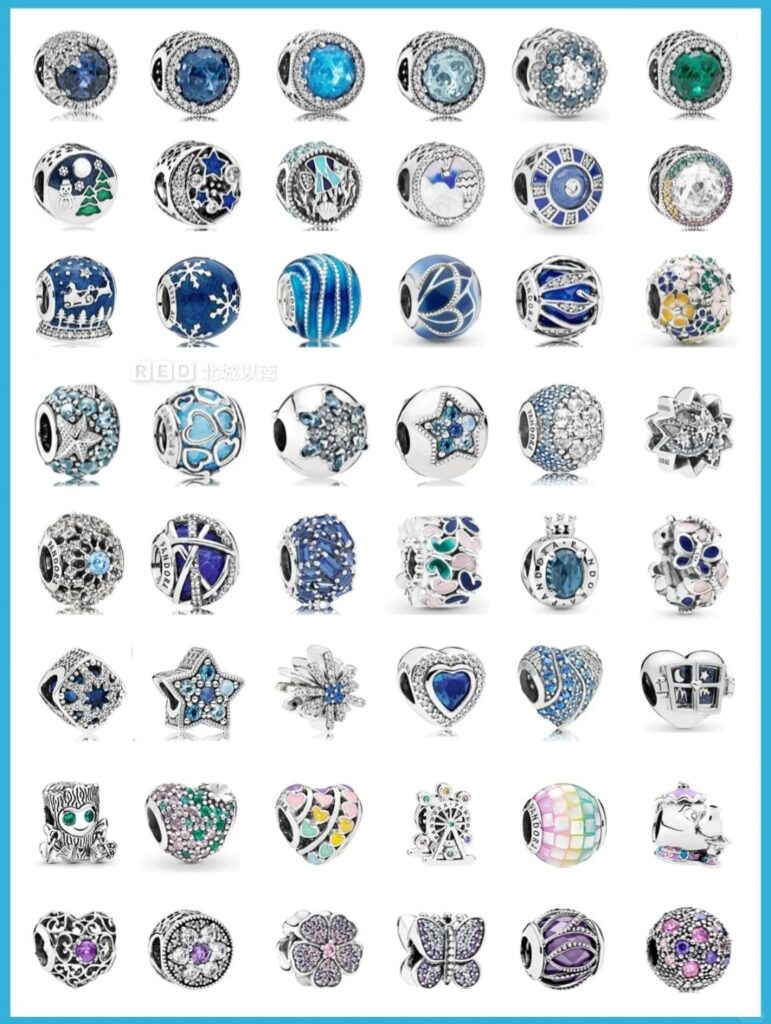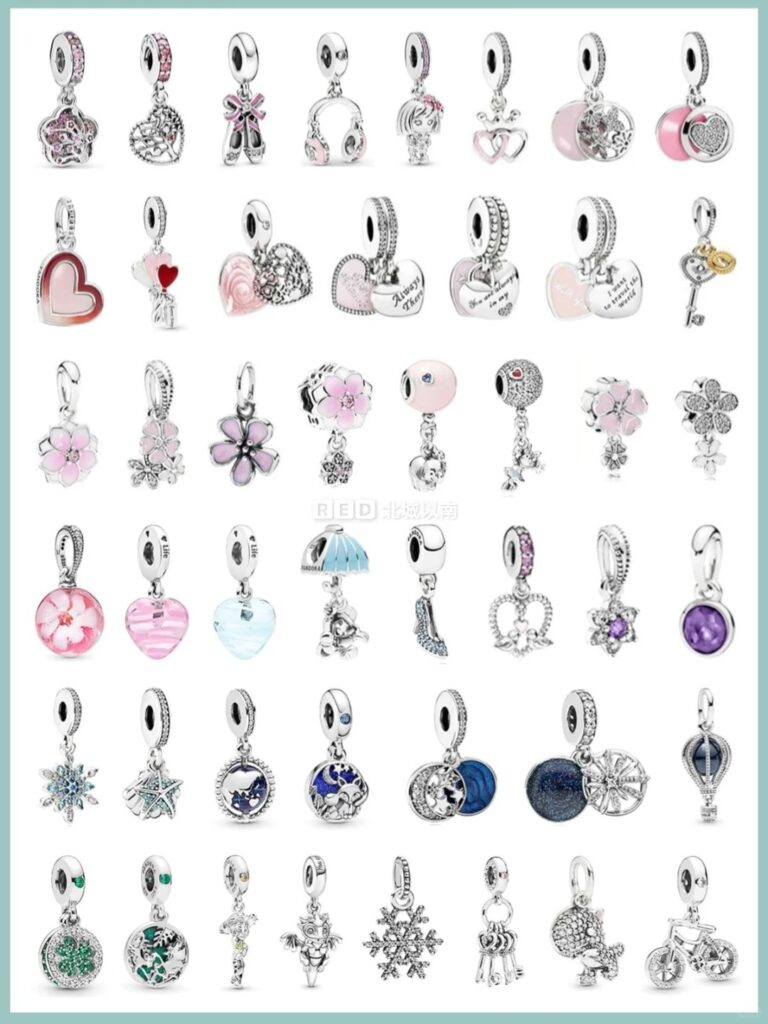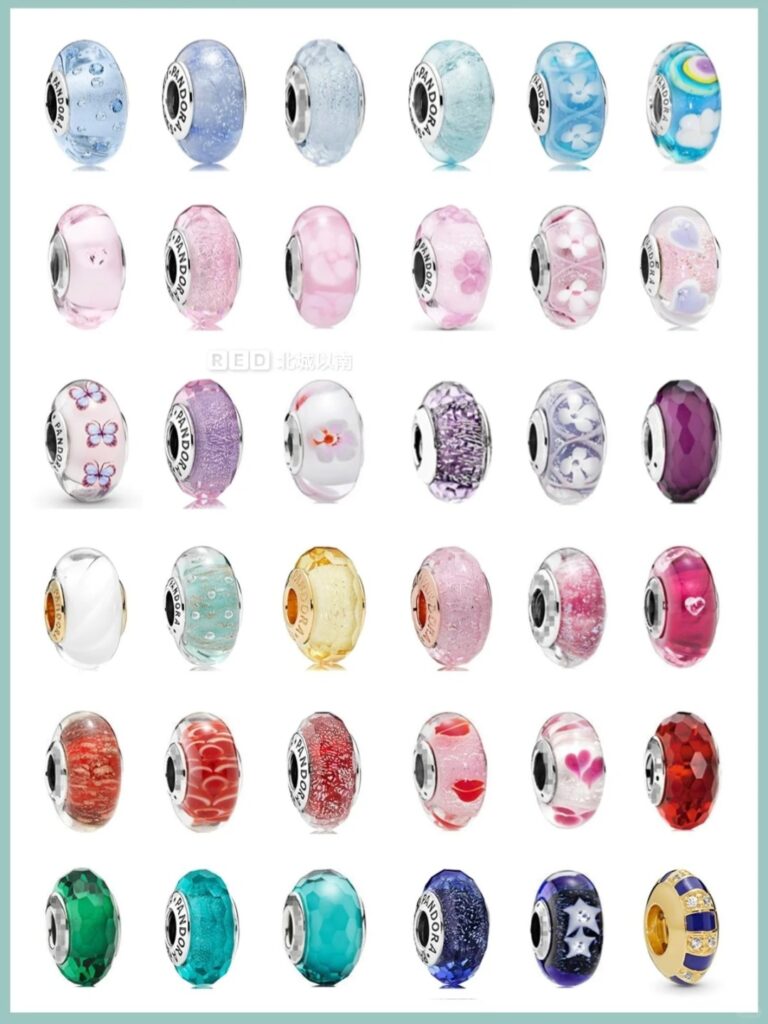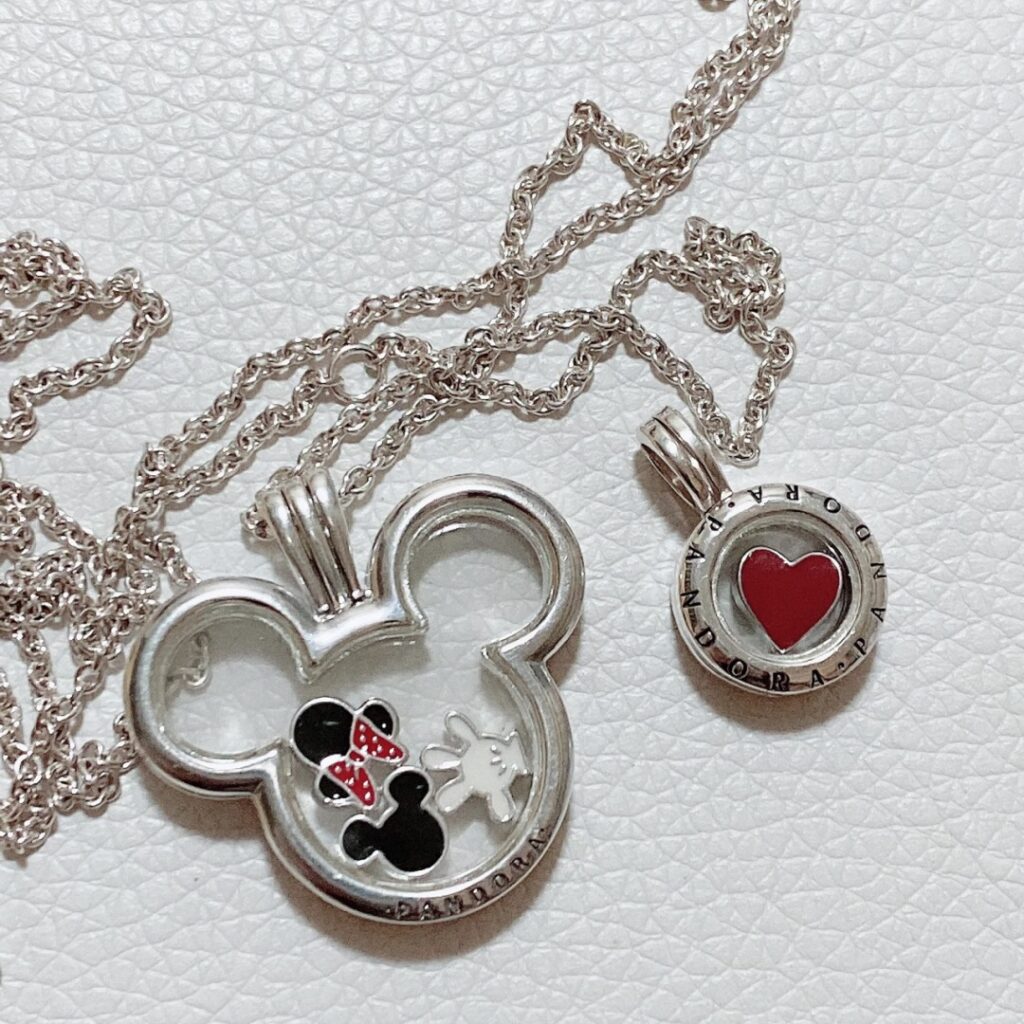“Modularization” refers to the process of breaking down a complete item into multiple independent components that can be recombined to form one or more complete products. Modular products can be assembled in various ways to create different functional products, assemblies, and parts.
Common examples in our daily lives include pegboard storage systems and modular steel structure buildings used by construction companies. The key features of modular products are their reusability and adaptability to different environments through flexible combinations.
Modular jewelry products can be freely altered in appearance and function according to wearing needs. For instance, a two-way pendant that can also be used as a ring, or customizable beaded bracelets. These are highly interesting and cost-effective jewelry products.
01.”Structure and Deconstruction”
The Origin of Modular Jewelry

As far back as primitive societies, our ancestors would string together animal hides, feathers, horns, and teeth acquired from hunting to wear on their bodies. These were the earliest forms of jewelry and a type of modular adornment. Their modules came from nature, and the appearance varied based on the materials each person collected.
Later, these combinations could even distinguish the wearer’s identity, gender, and social status. In civilized times, many accessories with modular properties existed, such as the sets of hairpins worn by ancient Chinese women and the complex, ornate neck and hand ornaments of ancient Egyptians. However, the concept of modularization wasn’t formally proposed until the last century.


The theory of modularization was first introduced in the 1950s, but modular production had already existed in people’s lives in the form of division of labor before this theory was proposed. Modular production was first applied as a design method in industries like watchmaking and automobile manufacturing during the industrial economic era.
Today, it has been applied in many manufacturing industries, including architecture, home furnishings, and industrial design, becoming a widely used and technologically mature design method. Modularization is a process of continuously deconstructing and reconstructing products, and deconstruction evolved from constructionism.
The process of modularization is not only a deconstruction of jewelry structure but also a process of rebuilding and transformation, allowing a single piece to have multiple expressions by adding different connecting modules.

In the 20th century, many jewelry design brands adopted modular design methods for their products. Notable examples include PANDORA’s modular charm bracelets and Van Cleef & Arpels‘ transformable jewelry.
Through these innovative designs of jewelry modules, jewelry has gained a unique vitality. It can not only “move” but also “interact” with people during the process of disassembly and reassembly, allowing wearers to experience the joy of change.
02.”Jewelry of the Future”
Van Cleef & Arpels‘ Multifunctional Jewelry

Van Cleef & Arpels, the French luxury brand, is renowned for its elegant design style and exquisite craftsmanship. Since its inception, the brand has distinguished itself with technical innovation and a penchant for convertible pieces.
This was exemplified in 1938 with the Passe-Partout necklace, which featured an expandable chain as its main body, complemented by detachable gem brooches. By extending or shortening the metal chain, it could transform into a bracelet or a belt.



In 1938, Van Cleef & Arpels patented their convertible jewelry and showcased it at the 1939 World’s Fair. At that time, this type of jewelry was dubbed “Jewelry of the Future,” representing a highly advanced design in the entire jewelry industry.
In the same year, the Duchess of Windsor suggested to Renée Puissant, the brand’s artistic director, to create a jewelry piece in the shape of a zipper, set with diamonds on a platinum base with sliding grooves.
The zipper, invented in 1926 and popularized in high-end fashion in the 1930s, inspired Van Cleef & Arpels to spend over a decade researching and experimenting. The Zip necklace was officially launched in 1950, featuring an innovative convertible design that could be worn as a necklace when unzipped and as an exquisite bracelet when zipped up.


Besides the Zip necklace, Van Cleef & Arpels has created numerous ingenious convertible jewelry pieces. This ability to transform the ordinary into the extraordinary is the reason why Van Cleef & Arpels has been able to create classics and legends in every era.
03.”A Technical Marvel”
Mikimoto’s Obi-dome “Yaguruma”

At the 1937 Paris International Exposition, Mikimoto, Japan’s premier cultured pearl jewelry house, showcased a stunning pearl ornament that left spectators in awe – the Obi-dome “Yaguruma”. An obi-dome is a decorative clasp used to fasten the sash of a kimono. This particular piece was crafted from pearls, sapphires, and emeralds.
What made it truly extraordinary was its composition of 25 different modules, a structural complexity that amazed onlookers. Through disassembly and recombination, this single piece could be transformed into 12 different types of jewelry, including hair ornaments, brooches, and rings, pioneering the concept of multi-functional jewelry.


Illustration of different combinations of the Obi-dome “Yaguruma”, from top to bottom: brooch, sash clip, clip brooch, bar brooch, clip brooch, hair ornament, hair ornament, ring.
This piece, combining elegant, unique design with masterful technical craftsmanship, became the center of attention at the exposition and was promptly sold for a high price. Its whereabouts remained unknown until 1989 when it resurfaced in a New York auction.
Mikimoto swiftly repurchased it at a premium, and after 50 years, the legendary Obi-dome “Yaguruma” returned to Japan, now housed in the museum on Mikimoto Pearl Island. This tale of loss and recovery adds an extra layer of mystique to the intricate and delicate “Yaguruma”.
04.”Playful Versatility”
Pandora’s Changeable Charm Bracelets

In 1982, Danish goldsmith Per Enevoldsen and his wife Winnie founded the independent jewelry brand PANDORA. In 2000, they launched a modular charm bracelet that quickly gained popularity among consumers, propelling PANDORA to become one of the top three global jewelry brands in terms of sales.





Charm bracelets are currently the most common type of modular jewelry on the market. They offer greater variability and value for money compared to the standalone convertible jewelry mentioned earlier, making them the most widely accepted form of modular jewelry among the general public. The charm bracelet consists of a metal chain as the main connecting structure, which combines different charm modules.
Charms come in various forms, including pure metal beads, gem-set beads, Murano glass beads, and pendants. Functionally, they can be categorized as decorative charms, spacers, and protective safety chains.
These charms can not only be strung on bracelets as wrist accessories but can also be slightly modified to serve as pendants or earrings, offering a high degree of versatility in styling. This flexibility has made them particularly popular among young consumers who favor personalized jewelry.

Subsequently, PANDORA developed several other modular jewelry pieces, including pendant boxes with freely interchangeable internal modules. In recent years, many brands have emulated this design, launching various modular accessories. PANDORA’s success story demonstrates that modular design can be effectively applied to the jewelry industry and enjoys wide market acceptance.
Modular jewelry is not only highly entertaining but also enhances the diversity, practicality, and cost-effectiveness of jewelry. It has broad development potential, and studying its specific forms provides more perspectives for innovation in jewelry design. This approach also aligns with modern consumers’ desire for personalized and dynamic jewelry. As a result, modular jewelry is set to become one of the major trends in future jewelry design.
The Puzzle of Adornment: How Modular Jewelry is Reshaping the Future of Accessories
Tweet





